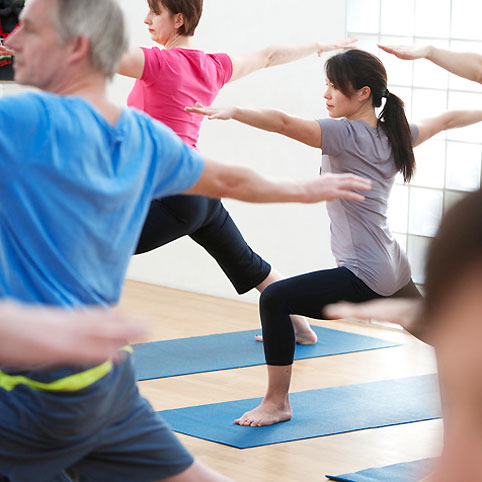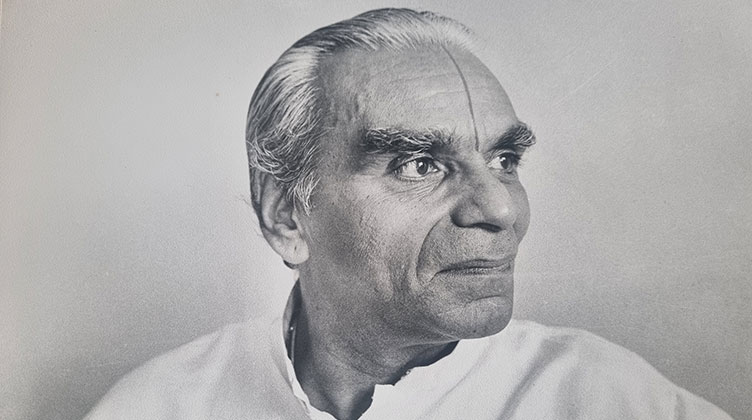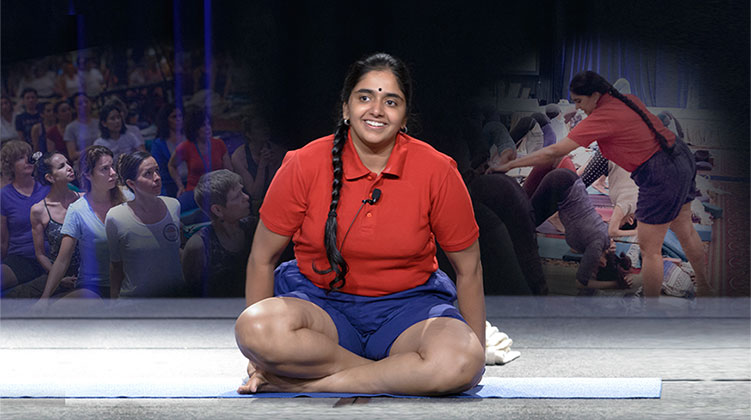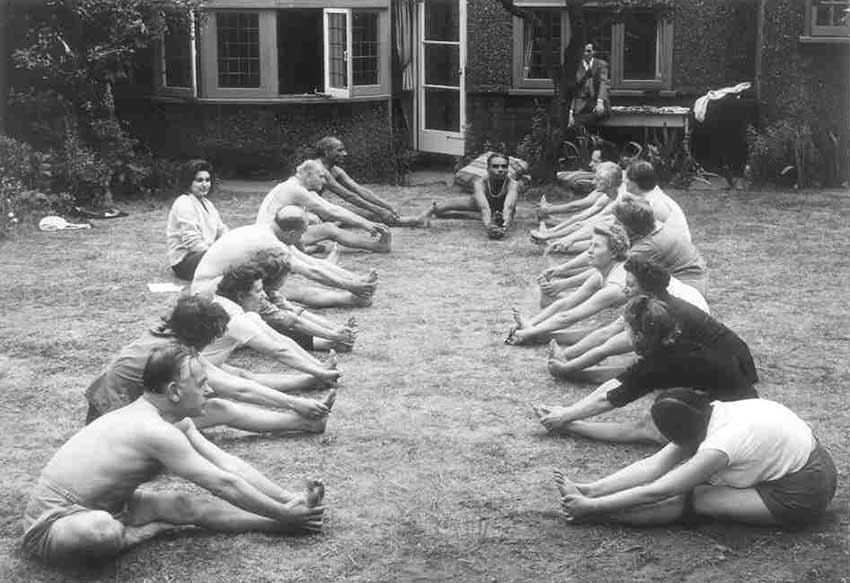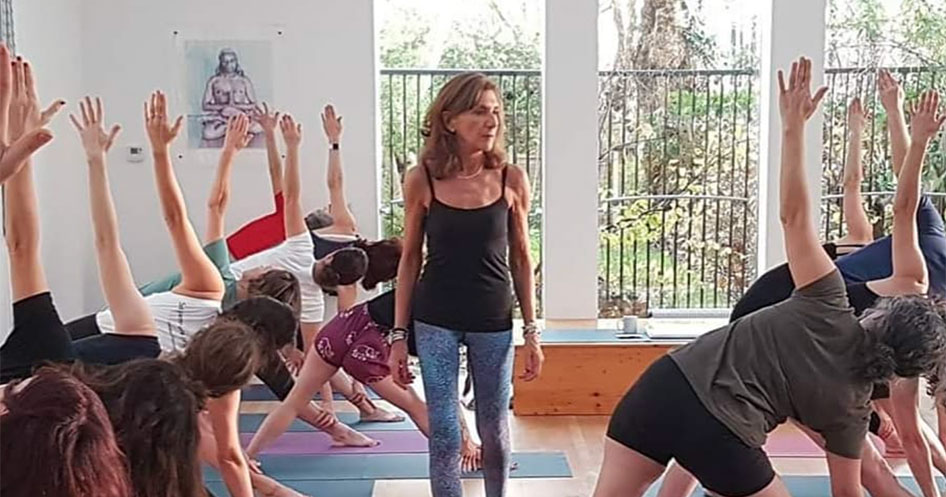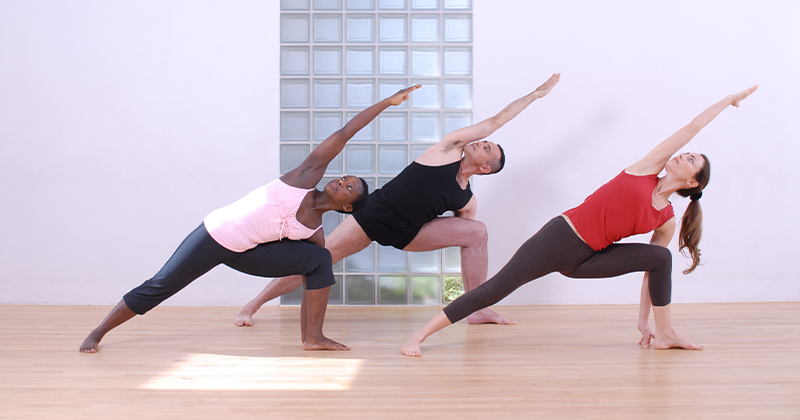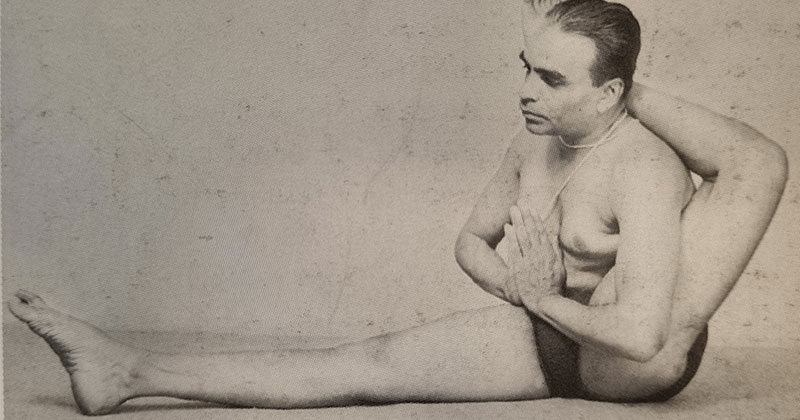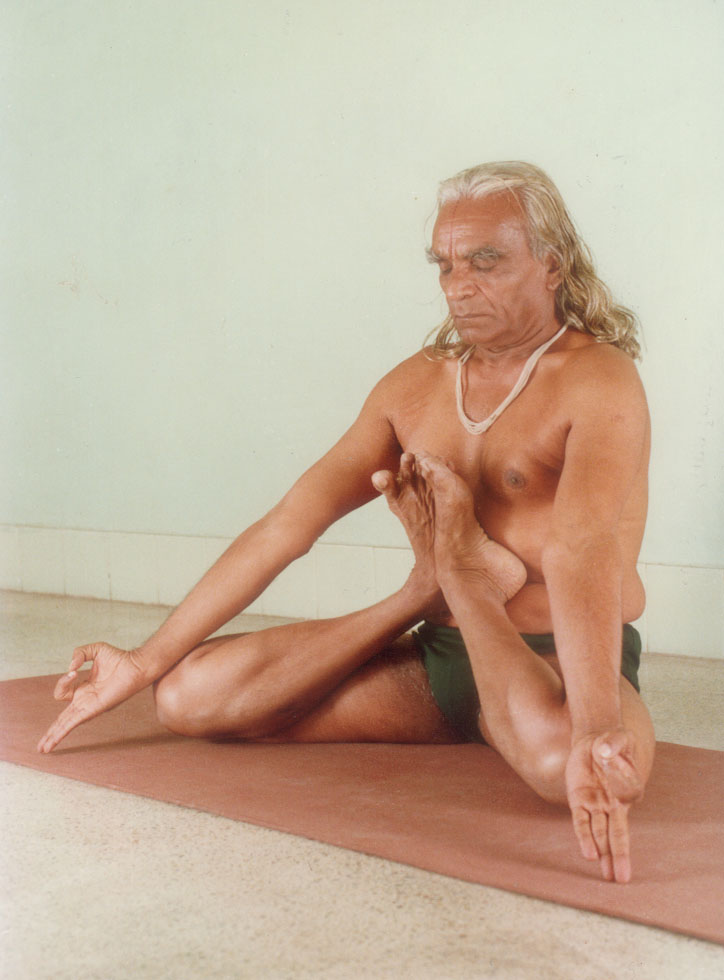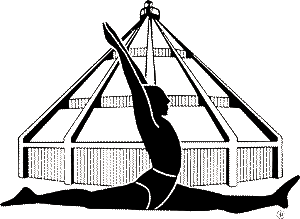
For all of us, yoga can be a wonderful counterbalance to work, bringing us energy and focus and easing out our knots and strains. For the artist, yoga can relate very closely indeed to the creative process. Reflection and action; precision, stamina and courage; the freedom to search deep within and reach far beyond the self – these qualities sustain both practices.
Here four of our students, working in different creative fields, reflect on how the art of yoga supports their work.
Suhail Yusuf Khan
Suhail Yusuf Khan is a sarangi (North Indian bowed viol) player, vocalist and composer. He is working towards a PhD in Ethnomusicology at Wesleyan University, USA. His UK folk-Hindustani trio, Yorkston/ Thorne/Khan, was voted Number 1 in The Guardian’s ‘Best of 2020’ listings. I was born and raised in a family of hereditary Hindustani (North Indian) music practitioners (eighth generation) and therefore I was exposed to spirituality and guru-sisya parampara (an ancient Indian tradition of knowledge transmission from guru to student) at an early age. However, with the demise of my illustrious grandfather and teacher, Ustad Sabri Khan (1927–2015), I lost this student-teacher bond and connection to spirituality. In the summer of 2018, upon a friend’s advice, I tried Iyengar yoga and have been a student ever since.
We are aware of yoga’s impact on our health and well-being. In my case, yoga has not only enhanced the intellectual and spiritual balance, but has further developed the philosophical association music has with life. Often, the physical aspects involved in music practice are ignored by musicians. Nevertheless, scholars have shown the importance of physical posture and mindful breathing in musical performance. To master the art of performance, a musician must learn control over their body – this can be achieved through the practice of yoga. Yehudi Menuhin writes in Light on Yoga: “Yoga induces a primary sense of measure and proportion”. My yoga practice helps my instrument, the sarangi, resonate with the cells of my body and, with the balance of left and right that yoga teaches, enables my intonation to move with prana (life force). By giving freedom in our bodies and peace in our minds, Iyengar Yoga London provides that experience of spirituality which has the sacredness of the guru-sisya tradition at its heart, transmitted through the teachings of BKS Iyengar. Namaste!
Rolf Killius
Rolf Killius is an ethnomusicologist, museum consultant and exhibition curator. He also works as a film producer and radio journalist.
My work includes film editing, exhibition-concept writing and numerous zoom meetings – in short sitting at a desk and staring at several computer screens most of the day. It also means focusing, brainstorming and working towards deadlines, as well as interacting with many people.
Iyengar yoga classes, led by Iyengar Yoga London’s highly dedicated teachers, have helped keep me sane throughout this difficult period although I have been lucky to work throughout Covid times. One of the projects I have collaborated on during this period, the exhibition ‘Roots and Changes – Gujarati Influences’, opened in April 2021 in Brent, West London.
For the last 20 years I have been practising Iyengar yoga. It gives me peace of mind and a better balance in life – I feel I can leave the rat race for a while. Yoga helps maintain a healthy body and minimises the unhealthy side effects of sitting and staring at a screen, such as lower back pain, muscle pain and strained eyes. Another important benefit is that it helps me focus on whatever I am doing.
Even before I schedule my work for the week, I think about my yoga classes and book them online. Although zoom classes cannot replace live yoga sessions, the enforced stay at home has had a positive effect: I have been able to intensify my practice, ‘upgrading’ from two to three yoga sessions a week!
www.rootsandchangesgujaratiinfluences.com
Teodora Danciu
Teodora Danciu is a software developer living and dancing Argentinian Tango in London.
The practice of yoga and dancing have been intersecting and entwining in my life in surprising ways. The physical benefits that yoga brings to dancing are perhaps obvious – strength, tone and alignment. As invaluable as these are, over years of practice I have discovered a whole world that lies beyond these physical benefits, a world that profoundly and continuously changes my life in general and my dancing in particular. It is difficult to capture in words, but perhaps it is best described as learning to cultivate my mind and create harmony between my mind, body and breath.
This stillness and focus of mind allow me to access ever deeper layers within myself. From this depth, self-expression becomes more genuine, as if the stillness permits the essence to come through. The dance then becomes a sincere expression of the ways in which life has shaped me over the years, but also of what it feels like to be alive and alert moment by moment.
The mind wants to waver, but returning to this stillness over and over is what allows the dance to “dance itself”. For me, this is the place where serendipity and creativity can start; where ambition, ego and judgement loosen their grip and are replaced by concentration. This concentration is gentle but steady, expanding from the body to the dance partner, to the music, to the dance floor or stage.
Through my yoga practice, I have found a way to relate to dancing which goes to the root of creativity and freedom. I have learnt to approach each posture with fresh eyes every time, and to trust accumulated knowledge, while remaining conscious of what is available “in the moment”. This is particularly important in my dancing because it is an improvised partner dance. I have to respond as if for the first time to music that I know well and to the movements and signals of my dance partner that I have encountered many times before. Known, but also new every time, it is the quiet alertness learnt in yoga that allows me to respond with joy and authenticity to whatever the dance becomes.
Matthew Sturgis
Matthew Sturgis is a historian and biographer
Being a writer has many pleasures and rewards, but it is not good for the posture. Days spent bent over books and papers take their toll on the lower back, the hamstrings, the shoulders – and, indeed, all the things that connect them. It was with this in mind that I allowed myself to be bounced (by my wife) into taking up Iyengar yoga some five years ago. It has been a revelation of pleasure – and a certain amount of pain, putting me in touch with long-neglected outposts of my creaking frame. Although still very much a ‘Beginner’ – and still unable to touch my toes – I am daily reminded of how much worse off I would be if I hadn’t embarked on this journey.
I strive, not always successfully, to still my mind during the lessons. My best moments come when doing shoulder stands at the Maida Vale: I love looking up, past my feet, to the skylights, and seeing the clouds scudding by. It is always good to have a new perspective on things.
This article was first published in Dipika, the journal of Iyengar Yoga London, Issue No.53, July 2021. If you would like to republish this article, please ask the editor for permission. office@iyengaryogalondon.co.uk
Blog categories
Become a member
Join our community to get reduced class prices, early booking for events and workshops plus access to the studio for self practice.
Recent news and articles
2024 Convention – Group Livestream Event
7 March 2024|
The First Public Iyengar Yoga Class in the UK
22 November 2023|
NEW Hybrid Classes
5 September 2023|
7 Day Visitor’s Pass
26 June 2023|
Geeta Iyengar on Why We Practise Difficult Asanas
26 June 2023|



